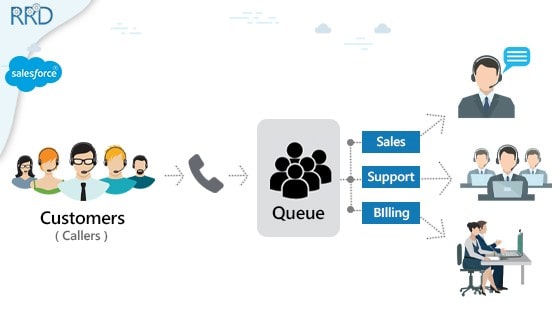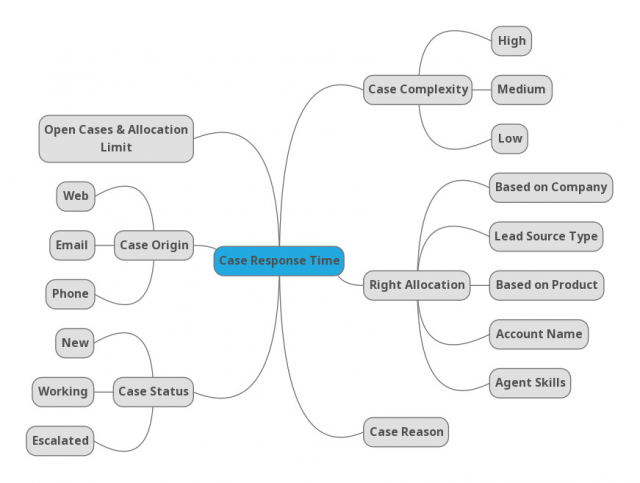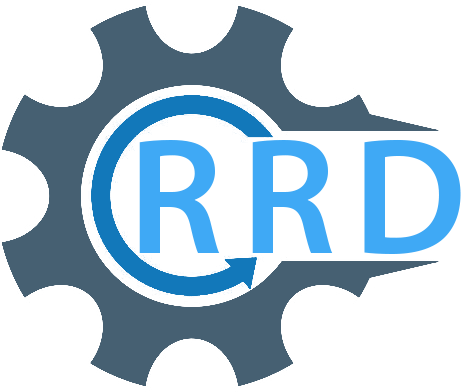Solving Case Response Time Issues with SalesForce

Covid-19 Pandemic has posed a significant challenge to Business Process Outsourcing Sector, and it’s now when companies realize how crucial Case Response Time can be. As the companies are down-sizing, the load of Inbound Data is increasing multifold, posing a challenge to the sector.
But what is Case Response Time?
Case Response Time or Service Response Time is the period between when a customer requests for service, inquires, registers a complaint, and when it is responded. It is a major contributor to a company’s potential to retain top and high priority customers.
Let us understand the factors that may impact case response time in your company
1. Complexity of a Case: Usually, your L1 Support teams deal with problems that come under the purview and capacity of the customer to resolve by getting the minimum guidance, but, as the case complexity rises, these cases get assigned to L2 and L3 Support teams. As the complexity grows, the difficulty of an Admin/ Manager increases proportionally to assign these cases to the right people/ teams at the right time.
2. Allocation to the Right Representative: Your Accounts and Clients want to talk to the same representative/ agent who knows their Case from the Initial Phase. Without this working relationship being successful, customers may feel like they are just a number.
3. Reason for receiving a Case: Depending upon the product/ service, the case response time varies due to the reason for the inquiry and escalation required. The reasons could be Product Installation, Breakdown, Performance Related Issues, Breakdown, Complexity of the equipment, or the product.
4. Status of the Case/ Enquiry: How quickly your support cases are addressed depends on the assigned severity. The distribution of a Case can also happen based on the time that went into its resolution. Managers also need to pay attention to the escalation process to surface critical issues and voice concerns if a support ticket isn’t being addressed appropriately.
5. Case Origin: When it comes to answering complaints, the origin of the case, becomes an essential parameter for addressing the issue. Every Channel needs to have a standard response policy instead of abruptly jumping on questions and complaints.
6. Open Cases allocated to Representative/ Service Team: To improve the efficiency and boost the productivity of the team and individual agents, it’s necessary to keep a track on the number of cases they have been allocated and the open cases in a particular period so focused case resolution could be promoted.

Why is Customer Response Time germane to our Service Teams?
1. Customers do not wait for more than 6 hours for your response, according to Eptica.
2. 90% of Americans use customer service as a factor in deciding whether or not to do business with a company, according to American Express.
3. 54% of customers used email for customer service last year, making it the most used digital channel for customer service, according to a report by Forrester.
4. Increasing customer retention rates by just 5% can increase profits by between 25% and 95%, according to Bain & Company.
5. 35% of customers expect to be able to contact the same customer service agent through any communication channel, according to Zendesk.
How can Automation overhaul your Business?
Organizations with successful automation efforts are more likely than others to designate automation as a strategic priority, according to a 2018 McKinsey Report. Applicability of Automation across the Customer Experience category in Service and Support can form a crucial part of your organization’s Rule-based Automation. Round Robin Distributor (RRD), powered by Mirketa Inc., is one of the most powerful and intelligent Salesforce tools for your Inbound Service teams, which can help you solve your Customer Response Time-related issues and aid Management saves their working hours worrying about smart and equal ways for distribution of cases.
How RRD solve these issues?
1. Round-Robin based Distribution
2. Load Balancing and Weighted Allocation
3. Takes care of your Urgent Cases
4. Re-assign cases to the Most-Suitable Representatives
5. Bulk- Management of Service Teams
6. Configurable Alerts and Smart Dashboards to track Cases and User Activities
7. Relationship and Criteria Based Case Routing
RRD makes it easier to assign case records in a couple of steps; Just configure the Case level Settings; Create criteria specific teams and add Users and you are good to start off

It adjusts to suit your business requirements and can be customized as per your use case. Aren’t you excited already to give it a try? Just jump on to our Salesforce AppExchange page today to get a free trial!



3 Responses
This article is really a fastidious one it helps new the web people, who are wishing for blogging.
Im obliged for the article. Much thanks again. Really Great. Zsazsa Hilary Yance
Some really nice and useful info on this site, as well I believe the pattern has wonderful features.